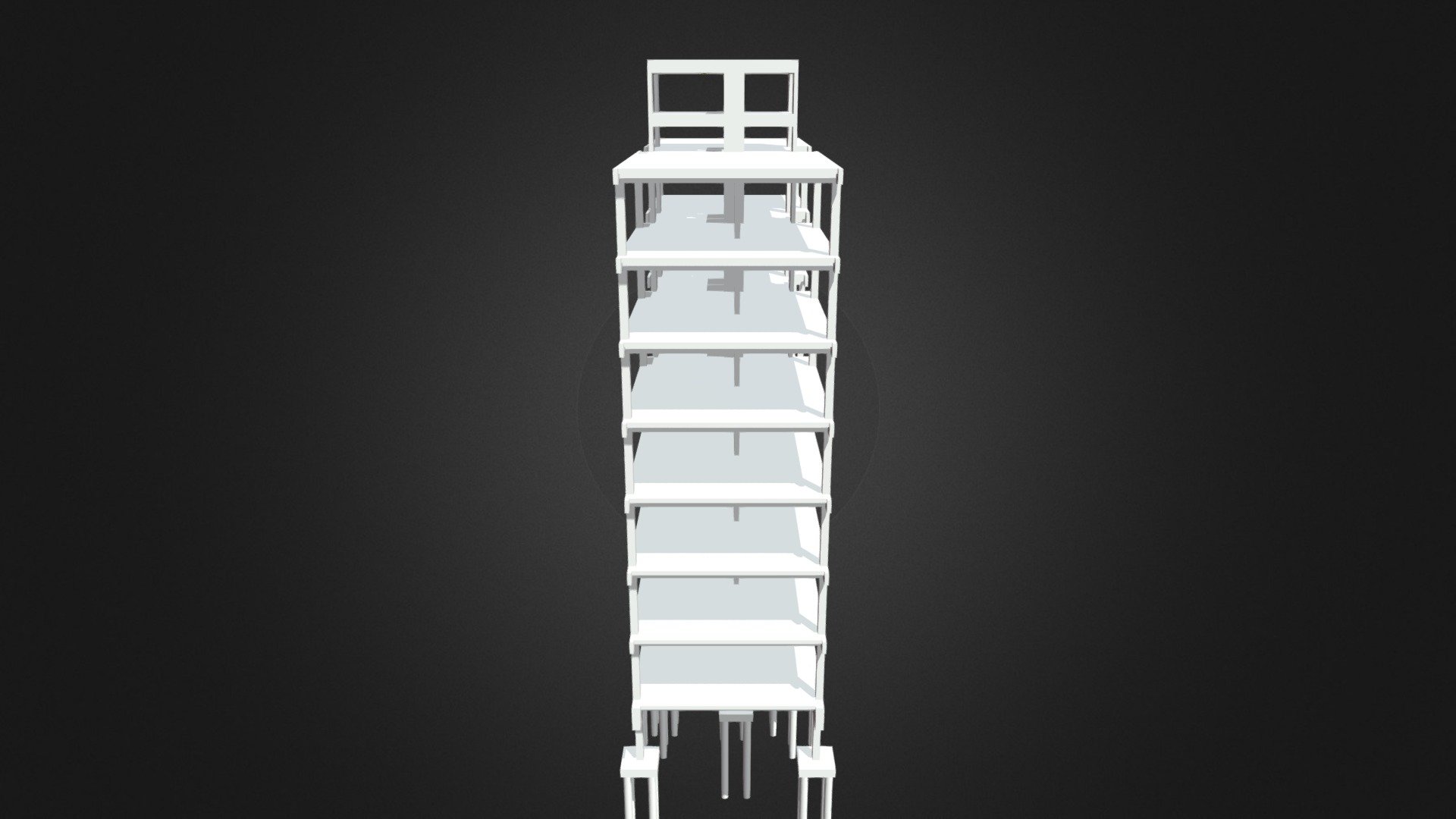
2021-287-R0
sketchfab
The human body is a complex and intricate machine that has been studied by scientists for centuries. It is made up of many different systems, including the skeletal system, the muscular system, the nervous system, and the circulatory system. Each of these systems works together to keep the body functioning properly. The skeletal system provides support and structure to the body, while the muscular system allows for movement and flexibility. The nervous system transmits signals throughout the body, allowing for communication between different parts. The circulatory system transports oxygen and nutrients to cells throughout the body. The human brain is a highly complex organ that plays a crucial role in controlling the body's functions. It is responsible for processing information, controlling movements, and regulating emotions. The brain is made up of many different parts, including the cerebrum, the cerebellum, and the brainstem. Each of these parts has a specific function, and they all work together to keep the body functioning properly. The human heart is a vital organ that plays a critical role in keeping the body alive. It pumps blood throughout the body, supplying oxygen and nutrients to cells and removing waste products. The heart is made up of four chambers: the left atrium, the left ventricle, the right atrium, and the right ventricle. Each of these chambers has a specific function, and they all work together to keep the body functioning properly. The human immune system is a complex network of cells and tissues that work together to protect the body from disease. It includes the white blood cells, which are responsible for fighting off infections, and the lymph nodes, which help to filter out toxins and waste products. The immune system also includes the spleen, which helps to remove old or damaged red blood cells from the body. The human respiratory system is a complex network of organs that work together to bring oxygen into the body and remove carbon dioxide. It includes the lungs, which are responsible for exchanging oxygen and carbon dioxide through the process of breathing, and the trachea, which carries air from the throat to the lungs. The respiratory system also includes the bronchi, which branch off from the trachea and lead to the lungs. The human digestive system is a complex network of organs that work together to break down food and absorb nutrients. It includes the mouth, where food is chewed and mixed with saliva, and the esophagus, which carries food from the mouth to the stomach. The digestive system also includes the small intestine, which absorbs most of the nutrients from food, and the large intestine, which helps to remove waste products from the body. The human endocrine system is a network of glands that produce hormones, which are chemical messengers that help to regulate various bodily functions. It includes the pituitary gland, which produces hormones that control growth and development, and the thyroid gland, which regulates metabolism. The endocrine system also includes the adrenal glands, which produce hormones that help to respond to stress, and the pancreas, which produces insulin and glucagon. The human reproductive system is a complex network of organs that work together to produce offspring. It includes the ovaries in females, which produce eggs, and the testes in males, which produce sperm. The reproductive system also includes the uterus, where a fertilized egg develops into a fetus, and the vagina, where a baby is born. The human excretory system is a network of organs that work together to remove waste products from the body. It includes the kidneys, which filter waste products from the blood, and the liver, which helps to detoxify the body. The excretory system also includes the skin, which removes waste products through sweating, and the lungs, which remove waste products through breathing. The human sensory system is a complex network of organs that work together to perceive the world around us. It includes the eyes, which detect light and color, and the ears, which detect sound. The sensory system also includes the nose, which detects smells, and the tongue, which detects tastes.
With this file you will be able to print 2021-287-R0 with your 3D printer. Click on the button and save the file on your computer to work, edit or customize your design. You can also find more 3D designs for printers on 2021-287-R0.
